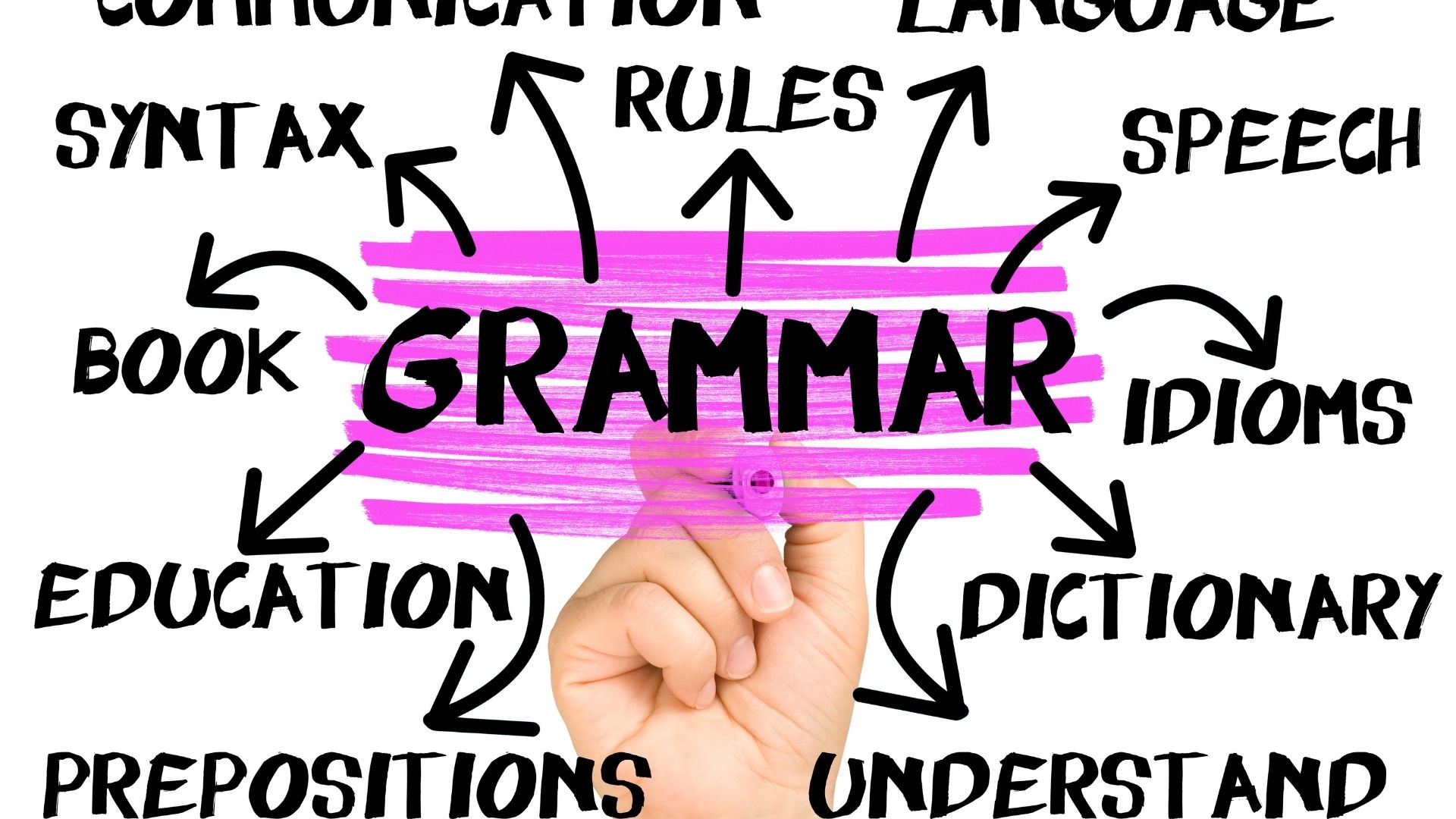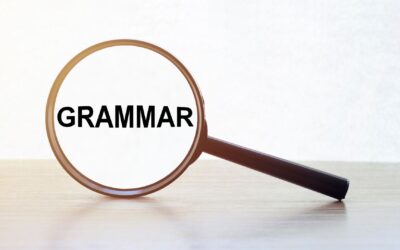Practice Worksheet
Transcript
Disclaimer
I am using an automatic transcript service as it is not possible for me to do it on my own and I cannot afford human transcription at the moment. The service claims to have about 95% accuracy, which means there will still be some mistakes, so my apologies for having a less than perfect transcript, but I hope I can afford human transcription soon and I will solve this problem. However, the service is pretty good, and the transcript is almost perfect.
Transcript
Welcome to a new episode from English plus podcasts. Today’s episode is about grammar. And we will talk today about relative closes, specially closes with who that, and which we will talk about different ways we can form these closes. And we will talk about some important things you will need to know to make this piece of grammar work for your benefit, to be able to express yourself better in English.
[00:00:31] So that further ado let’s start talking about relative closes, closes with who that, and which. Now, let’s start with this very first example. Last week we had a party and a lot of people came, everybody enjoyed it. Well, instead of saying all this can’t we say everybody who came to the party enjoyed it. Of course we can.
[00:00:55] Now, where is the relative close in the sentence? Everybody who came to the party, enjoyed it. Now actually, it’s the part in the middle who came to the party. Now clause is a part of a sentence. A relative clause tells us which person or thing, or what kind of person or thing the speaker means. For example, we can say the woman who lives next door to me and here who lives next door to me tells us which woman or people who complain all the time, who complain all the time.
[00:01:28] That’s the relative close, who complain all the time, tells us what kind of people we’re talking about. We use who in a relative clothes for people, not for things. For example, we say the woman who lives next door to me is a doctor. Now, of course. You have to know something that the clothes is not enough to form a sentence.
[00:01:48] There has to be a continuation. For example, here, if I just say the woman who lives next door to me and I stop the sentence is not finished. The meaning is not complete. I have to say, what, what do you mean? Yes. I know the woman who lives next door to you. What is she? Adopter? Is she annoying you? Is she beautiful?
[00:02:10] What do you want to say? So here, remember the clothes is useful, but it is not complete on its own. It’s just a part of a sentence. So here are the woman who lives next door to me. Is a doctor or I don’t like people who complain all the time. Oh, right here. I started with saying, I don’t like, and I’m talking about what kind of people I don’t like.
[00:02:35] I don’t like people who complain all the time, who complain all the time. That is my relative close or an architect is someone who designs buildings. And here, this is a complete sentence, but the close part is who designs, buildings. Another example. What was the name of the person who called. Somebody cold and you should get the name of that person.
[00:02:59] I can ask you all this in one question. What was the name of the person who called now? If you notice in all of these examples, I used who to create this relative clause because I am talking about people, the woman, people, someone, the person, all of these are people. So I should use who. No, but that’s not everything we can use that for people as well, but remember not which, all right, we can use who or that four people can say, the woman that lives next door to me is a doctor, but not the woman, which.
[00:03:35] Never use, which when you want to refer to people. So we use who to talk about people. What about things then when we want to talk about things and we want to use, obviously relative closes, we can use that or which, but not who. So the thing that you need to differentiate between is who and which, who is for people, which is for things that can be used for both.
[00:04:00] Yes. We have some restrictions about that, but we’re not going to talk about this in this episode. And that has to do with essential clauses and nonessential clauses, et cetera. But for now it is enough for us to know that, which is four things who is for people that works for both. So here, let’s talk about some examples where we use, which to talk about relative closes that, refer to things.
[00:04:25] I don’t like stories that have unhappy endings. All right. So here we have a relative close and I am referring to stories I’m describing what kind of stories that I don’t like. I don’t like stories that have unhappy endings, or if you want to say which you can. You can say, I don’t like stories which have unhappy endings and that’s also correct.
[00:04:50] And to be honest, which is safer, which, and who are safer because that doesn’t work all the time. So if you’re in doubt, use which, or who, that’s a lot safer now, let’s go back to which grace works for a company that makes furniture. Or she works for a company which makes furniture and that’s okay. Which I’m talking about a company I’m talking about a thing which refers to a thing, or we can say the machine that broke down is working again now.
[00:05:22] And guess what? Yes. You can say the machine, which broke down is working again now, but remember one more time, the clothes is not enough to form a sentence. You need to finish your sentence. What if I just say the machine that broke down, period, what does that mean? What happened to the machine? Did you sell it?
[00:05:41] Did you fix it? Whatever. So here you have to finish the sentence. The clause is not enough. The clause is something like an adjective. And that is why we call them by the way, adjective clauses. Yes, they are called relative clause, but they’re part of adjective clauses because this clause is like an adjective you’re describing the machine.
[00:06:04] You are telling me which machine are you talking about? So here are the machine that broke down or the machine which broke down is working again. Now I am describing to you, I’m telling you which machine I’m talking about. All right now in relative closes. We use who that, which, but not he, she, they, it, you might be tempted to use.
[00:06:26] He, she, it, instead of who that, and which that doesn’t work. Let me give you some examples. Now I will start with two sentences before I joined them together. Now I met a Canadian woman at the party. Period. She is an English teacher period. These are two sentences. Well, it’s better to join these two sentences because in both sentences we have something in common, the Canadian woman, she is an English teacher.
[00:06:52] I’m talking about the same person, right? So why do I have to say two sentences? I can join them when there is something in common between two sentences you can use relative closes to make one. And we can say here I met a Canadian woman who is an English teacher. That’s perfect. That’s one sentence we used relative closest to make one sentence instead of two, but remember you need to have something in common, right?
[00:07:20] You just can’t join any two sentences by means of relative closes just because you want to join them. No, you should have something in common first. And then you should look at this thing in common. If it is a person you use, who, if it is a thing you used, which, or that for both. But here we said, I met a Canadian woman who is an English teacher, but we don’t say she is an English teacher in the joint sentence.
[00:07:47] No, that’s wrong. You need to use who, if you joined the sentences, you need to use who in this case, because a Canadian woman, that’s a person I use who. Another example for things. I can’t find the keys period. They were on the table, period. These are two sentences. And here we can see that there is something in common, the keys, they, we have the same thing.
[00:08:10] We’re talking about the same thing. So I can say, where are the keys that were on the table? Not the keys. They were on the table. You don’t use, they, when you join the two sentences together, you need to use a relative close pronoun, like who, which, or that. Now let me talk about one more thing, because that is a common mistake.
[00:08:32] And that is what using what, instead of that people do that sometimes. And sometimes it is correct, but it is not related to relative closes. What has a specific meaning? What means the things that, so it is kind of a relative close structure, but what on its own means the things that, or the thing that, so you can say, for example, what happened was my fault.
[00:08:59] And he’ll remember, we’re not talking about what, as a question word, we’re talking about what here as the things that, so here, this is not a question. What happened was my fault. Like I’m saying the thing that happened was my fault and that’s correct. But notice if you say everything that happened was my fault.
[00:09:19] You can’t say here everything, what happened. Because you already said everything. You don’t need to use what anymore, or the meaning of what? In this sentence, you can say everything. The thing that you understand, what I mean, you already said the thing, everything that happened, not everything, what happened or the machine that broke down is now working again, not the machine.
[00:09:41] What broke down. Doesn’t work this way. Okay. Now let’s move on to talk about something else that is related to relative closes. And that is when we have them as objects or when we have them as subjects. And that makes a lot of difference. Now, first, let’s take a look at some examples where we have the relative clause as a subject here, the woman who lives next door to meet his adopter.
[00:10:06] We use that example before and here. Uh, we said, we talked about the woman who lives. The woman lives next door. To me, that is the original sentence. So who here, which means the woman is the subject of the sentence who lives next door? That is the subject, or when we say, where are the keys that were on the table?
[00:10:27] Well here, we’re talking about the keys that were on the table and that is a subject as well. The keys were on the table. So even when you put them in a relative clause, you have to know whether you are referring to a subject or to an object. And in this case, we are referring to subjects it’s obvious.
[00:10:46] And when we do that, you must use who that, which when it is the subject of the relative close, you cannot leave out who that, or which in these examples, you have to use them. You cannot leave them out. And you might ask yourself, why are you telling us this? You already told us to add who that, and which.
[00:11:05] Why are you telling us you mustn’t leave them out? We’re not going to leave them out. Yes, that’s right. That’s good. But the thing is that when we have who that, and which referring to the object of the sentence, then you can leave them out. If you want. You don’t have to, but you can leave them out. And to be honest, people leave them out a lot.
[00:11:24] And that might confuse you sometimes because. You might look at a sentence and kind of wonder, what is that sentence? How does it work? Well, it is simply a relative close, but because the relative pronoun refers to an object, not a subject, so we can leave it out if we want. Let me give you an example. The woman who I wanted to see was away on holiday.
[00:11:48] You see here, the woman who, of course, who refers to the woman. But look at the continuation. I wanted deceit. I wanted to see I is the subject. But the woman here in this sentence, who here is the object, because the sentence goes like I wanted to see the woman, right? So I wanted to see the woman and here, because we joined these two sentences together.
[00:12:12] I said, the woman who I wanted to see was away on holiday. So here in this case, who, which is woman, is the object of the sentence. I is the subject. And here, another example, did you find the keys that you lost? So this is different from the example I just gave you earlier. Did you find the keys that you lost it?
[00:12:35] Well, you lost the keys that you lost. You lost the keys. The keys here is the object, not the subject. You is the subject. Okay. So here, when, who that, and which is the object, you can leave it out. So of course you can say the woman who I wanted to see was away, but you can leave that out and you can say the woman, I wanted to see the woman I wanted to see without who.
[00:13:01] If you want, or you can say the keys that you lost, or you can simply say, did you find the keys you lost? All right. We can say the dress Lisa bought doesn’t fit her very well. Well, originally it is the dress that Lisa bought. But here, because that stands for an object or refers to an object, you can leave it out or you can say, is there anything I can, do you hear that all the time?
[00:13:29] And you think, well, what’s the big deal about that? Because originally, is there anything that I can do? But people usually leave out things that are not necessary. And because this is a very common expression, people leave it out all the time. So you hear it like that all the time. You might not know that this is originally a relative close.
[00:13:49] Is there anything that I can do? Well, of course you can say that, but it’s better to leave it out. Is there anything I can do? Okay. And here, I want you to notice something. Now, when we used in the examples, did you find the keys you lost? Or the dress Lisa bought? Yes. We left out the relative close pronoun, but don’t ever include the object again.
[00:14:11] Even if we leave it out, we don’t introduce it again, because that is still a relative close. We have to leave out the thing in common. So the keys you lost, not the keys, you lost them. And the dress Lisa bought, not the dress. Lisa bought it. Okay. Now with that being said, let’s talk about something else.
[00:14:32] What if we want to use prepositions now let’s take a look at these two sentences and how we can join them. Tom is talking to a woman. Do you know her? Of course there is something in common, a woman, her obviously, but here we have a preposition talking to a woman. So how do we join these two sentences together?
[00:14:53] Oh, you can go like, do you know the woman, Tom is talking to that’s the question or the woman who, or that Tom is talking to now remember we can put who or that, or we can leave it out because here the woman is an object. Another example, I slept in a bed. It wasn’t comfortable. So here the bed I slept in wasn’t comfortable or the bed that, or which I slept in.
[00:15:21] Wasn’t comfortable. So here, when you want to use the prepositions, they come at the end and that might sound a little bit strange, but it is not. If you follow along with me since the beginning of this episode, you will know that this is not strange, but it might sound strange to you don’t make the common mistake by using object pronouns after prepositions, like saying, do you know the woman Thomas talking to her?
[00:15:44] Well, that’s a mistake because you are repeating the object. You are repeating her. Okay. We already talked about the woman. We don’t need to say her again. Okay. Or the bed I slept in it wasn’t comfortable. Okay. That’s a mistake. Don’t put an object pronoun after prepositions in relative closes. Now I’ll give you a couple more examples.
[00:16:07] Are these the books you are looking for? Not are these the books you were looking for them? Okay, because that’s already a relative close. We already delete the thing in common. All right. Because we replace the thing in common with who, which, or that. So when you replace something, that means you leave out the original thing.
[00:16:26] Okay. And the original thing here was them the object. So we don’t repeat that. We say, for example, the man I was sitting next to on the plane talked all the time, not the man. I was sitting next to him. On the plane talked all the time. That’s a mistake. You don’t say him here. You don’t repeat your object.
[00:16:46] Okay. And here, let me remind you one more time. Uh, we can say, for example, everything that they said was true, but we can’t say everything. What they said, you might think we don’t make this mistake. And if it is the case, that’s fine. Great. But some people do. And that’s why I am mentioning this. Some people do say everything, what they said, well, it’s wrong because remember what means the things that, and I already said everything.
[00:17:12] Why would I say everything? The things. Oh, right. It’s like repeating myself. Okay. So everything that they said was true or because it is the object, we can say everything they said was true without even that, but not with what you don’t use, what here or I gave her all the money I had. Or I gave her all the money that I had, but not, I gave her all the money, what I had.
[00:17:38] All right. So here you don’t use what, if you want to use what it’s going to be different. It’s going to be something like what they said was true, and that is a different story. What they said was true. Without everything, what they said. Okay. What they said was true on its own is good. And this is not a relative close that’s something else.
[00:17:58] That’s a sentence. What here means the things they said was true. Okay. So here you can do that, but don’t use it with relative clothes. Don’t use what with relative closes, because it means the things that it implies, the meaning of relative closes. But when you want to use it as grammar, it cannot be used together with relative clauses.
[00:18:21] Okay. So that being said that we, everything I wanted to share with you in this grammar episode, let me remind you that you can find a lot of extra activities and the transcript of this episode on our website, English plus podcast.com. All you have to do is to take the link you can find in the description.
[00:18:37] And there’s also another thing that I would like to tell you about. There’s also a link to our Patreon page. We are adding to. Extra premium episodes. Every day we have already started with learn the English dancers. This is a mini series where we’re going to talk about all the English dances in 10 episodes.
[00:18:55] So if you’re interested, go ahead and become a patron, unlock all our premium episodes. And we have also other episodes we have already started talking about the 100 events that changed the world. That is also a 10 episode series. We also have our book club. We also have our creative writing workshop and a lot of things for our premium subscribers.
[00:19:15] So if you would like to get all these premium episodes, take the other link. You can find the description and go to our Patreon page, become a patron and unlock all our premium episodes. With that being said, this is your host, Danny. I would like to say. Thank you very much for listening to another episode from English plus podcast.
[00:19:31] I will see you next time.











2 Comments